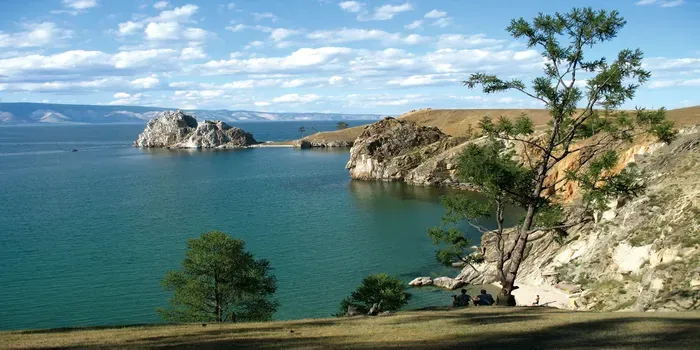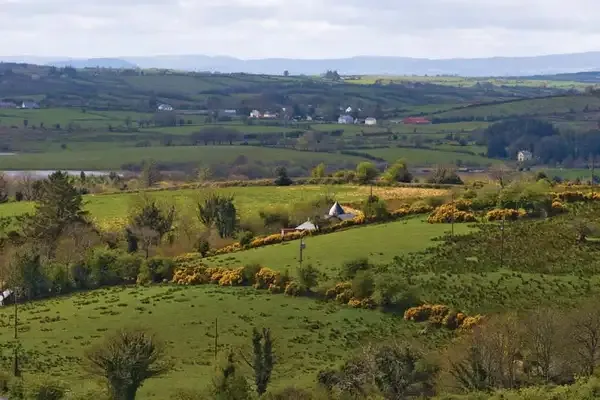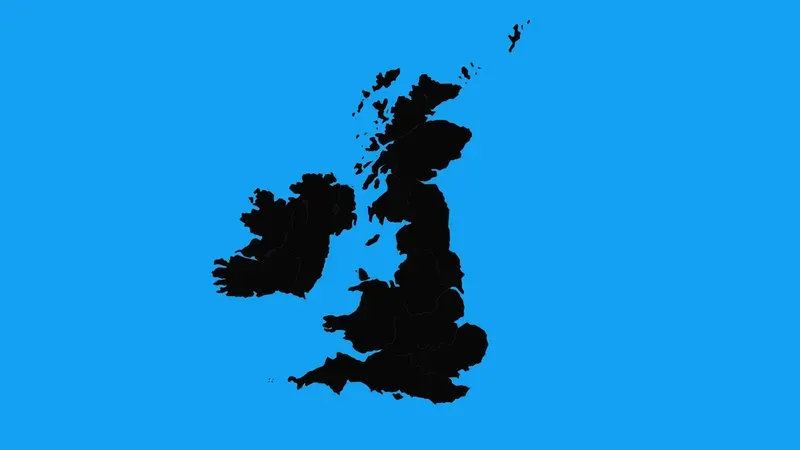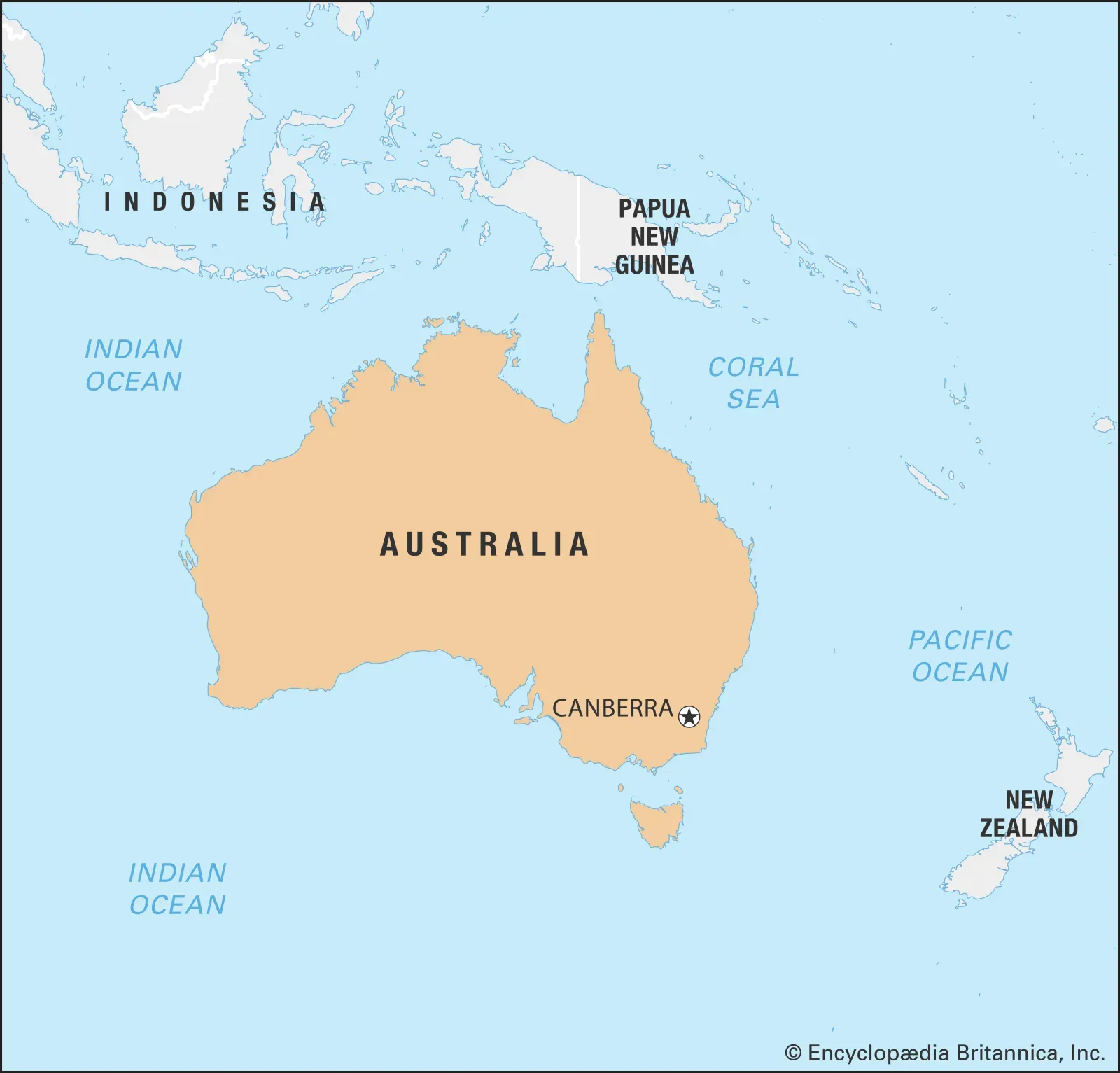9 of the World’s Deepest Lakes
The world is home to some incredibly deep lakes, renowned for their profound depths and unique ecosystems. Lake Baikal in Russia, the deepest of all, is known for its ancient and diverse biodiversity. Tanganyika in Africa boasts remarkable depth and is a haven for many species. The Caspian Sea, though technically a lake, features significant depths. Other notable deep lakes include Vostok, O'Higgins-San Martín, Malawi, Issyk-Kul, Great Slave Lake, and Crater Lake, each offering distinct geological and ecological characteristics.

1. Lake Baikal
Located in Siberia, Lake Baikal is the world's deepest and oldest freshwater lake, reaching depths of about 5,387 feet (1,642 meters). This UNESCO World Heritage site is not only famous for its depth but also for its unique biodiversity, housing species like the Baikal seal and the endemic Baikal omul fish. The lake's clear waters are a result of its low nutrient levels and the presence of unique microorganisms.
2. Lake Tanganyika
Lake Tanganyika, situated between four African countries (Burundi, Democratic Republic of the Congo, Tanzania, and Zambia), is the second-deepest lake in the world, plunging to depths of 4,823 feet (1,470 meters). It is one of the oldest lakes globally, estimated to be around 12 million years old, and is known for its rich biodiversity, including many species of cichlid fish.
3. Caspian Sea
Although technically classified as a sea, the Caspian Sea is the world's largest enclosed inland body of water and reaches a depth of 3,363 feet (1,025 meters). It is bordered by five countries: Russia, Kazakhstan, Turkmenistan, Iran, and Azerbaijan. The Caspian Sea is a unique ecosystem, home to the critically endangered Beluga sturgeon, known for producing prized caviar.
4. Lake Vostok
Hidden beneath Russia's Antarctic ice, Lake Vostok is one of the largest subglacial lakes in the world, with a maximum depth of around 3,300 feet (1,000 meters). This lake has been sealed off from the outside world for millions of years, leading scientists to believe it may harbor unique microbial life forms that have adapted to extreme conditions.
5. O'Higgins-San Martín Lake
Straddling the border between Chile and Argentina, O'Higgins-San Martín Lake reaches depths of approximately 2,742 feet (835 meters). This stunning glacial lake is surrounded by the Southern Patagonian Ice Field and is known for its breathtaking scenery, including towering mountains and icebergs.
6. Lake Malawi
Lake Malawi, also known as Lake Nyasa, is the third-deepest lake in Africa, with a maximum depth of 2,316 feet (706 meters). It is renowned for its incredible diversity of fish species, many of which are endemic to the lake. The lake is a vital resource for the local communities that rely on fishing and tourism.
7. Lake Issyk-Kul
Lake Issyk-Kul in Kyrgyzstan is a saline lake that reaches depths of 2,192 feet (668 meters). It is one of the largest lakes in Central Asia and is surrounded by mountains, making it a popular destination for tourists. The lake's unique properties prevent it from freezing in winter, which has led to its nickname of the "Pearl of Kyrgyzstan."
8. Lake Great Slave
Located in Canada, Lake Great Slave is the deepest lake in North America, with a depth of 2,015 feet (614 meters). The lake is known for its stunning clarity, often referred to as one of the clearest lakes in the world. It is also a significant natural resource, supporting a variety of fish species and recreational activities.
9. Lake Tahoe
Lake Tahoe, straddling the border between California and Nevada, has a maximum depth of 1,645 feet (501 meters). This picturesque alpine lake is famous for its clear blue waters and stunning mountain scenery. Lake Tahoe is a popular destination for outdoor enthusiasts, offering activities such as hiking, skiing, and boating.
Conclusion
These deep lakes not only hold remarkable depths but also boast unique ecosystems and stunning beauty. From the ancient waters of Lake Baikal to the breathtaking scenery of Lake Tahoe, each of these lakes offers a glimpse into the diverse natural world we inhabit. Exploring these lakes provides insight into geological history, biodiversity, and the importance of preserving our natural resources.
| Lake Name | Depth (feet) | Location |
|---|---|---|
| Lake Baikal | 5,387 | Siberia, Russia |
| Lake Tanganyika | 4,823 | Central Africa |
| Caspian Sea | 3,363 | Multiple countries |
| Lake Vostok | 3,300 | Antarctica |
| O'Higgins-San Martín Lake | 2,742 | Chile/Argentina |
| Lake Malawi | 2,316 | Africa |
| Lake Issyk-Kul | 2,192 | Kyrgyzstan |
| Lake Great Slave | 2,015 | Canada |
| Lake Tahoe | 1,645 | USA |












